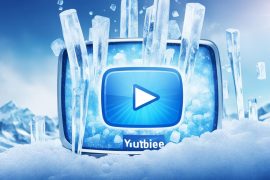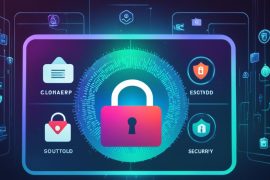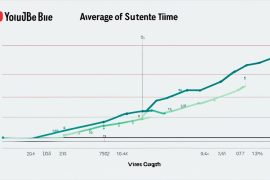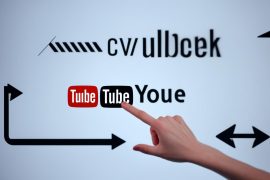Imagine this: You’ve spent hours crafting the perfect video for your YouTube channel. The content is engaging, the visuals are stunning, and you can’t wait to share it with your audience. You upload the video, eagerly waiting for the views and comments to start rolling in.
But then, just a few days later, you receive a copyright claim on your video. Your heart sinks as you realize that all your hard work could potentially be taken down or worse, your channel could receive a copyright strike. The frustration and disappointment you feel are simply indescribable.
Unfortunately, this is a scenario that many content creators on YouTube have experienced. Copyright issues on YouTube are a common challenge that can have serious consequences for your channel. But fear not! By understanding the dos and don’ts of copyright, and implementing some key strategies, you can avoid copyright strikes and ensure that your content remains copyright compliant.
So, let’s dive into the world of YouTube copyright and discover how you can protect your channel and create content that shines.
Key Takeaways
- Understanding YouTube copyright guidelines is crucial to avoiding copyright strikes.
- It’s essential to use copyright-free music and footage in your YouTube videos.
- Familiarize yourself with fair use and understand when it applies.
- Licensing options and Creative Commons resources can help you use copyrighted content legally.
- Always prioritize creating original content and obtaining proper permissions and licenses.
Understanding Copyright on YouTube
Copyright is an intellectual property right that grants the creator of original content the exclusive rights to its use and distribution. Whether it’s songs, music, images, or artwork, copyright protects the works of creative individuals. As soon as original content is created, copyright is immediately established. This means that creators have the authority to control how their copyrighted material is used or shared by others.
When it comes to YouTube, understanding copyright is crucial to avoid any legal issues. Similar to other forms of media, copyright also extends to videos on YouTube. As a content creator, it’s important to respect the ownership of copyrighted material and obtain proper permission before using it in your videos.
Copyright Ownership and Duration
Copyright ownership belongs to the creator of the original content. They have the exclusive rights to reproduce, distribute, display, and perform their work. These rights are protected for the creator’s lifetime, and in some cases, even beyond their death. Unlike licensing, copyright does not require renewal and can last indefinitely.
An example of copyright ownership is a musician who creates and records their own songs. As the copyright holder, they have the authority to decide how their music is used, whether it’s uploaded to YouTube or sold on other platforms.
Copyright vs. Licensing
While copyright grants exclusive rights to creators, licensing involves acquiring permission to use copyrighted material legally. Licensing allows individuals or businesses to use copyrighted content in their own work based on terms set by the copyright holder. By obtaining the necessary licenses, content creators can utilize copyrighted material while respecting the rights of the original creators.
On the other hand, copyright infringement occurs when someone uses copyrighted material without permission or proper licensing. It’s important to distinguish between copyright and licensing to ensure you’re complying with the law and respecting the rights of content creators.
Copyright on YouTube
YouTube takes copyright infringement seriously and has implemented measures to protect copyrighted material. The Content ID system scans uploaded videos to detect copyrighted content, allowing copyright holders to claim or remove videos that contain their material. It’s crucial for content creators to respect copyright on YouTube and only upload videos they have the necessary rights to use. This includes obtaining permission to use copyrighted music, images, or artwork.
Understanding copyright is essential for content creators on YouTube. It’s a way to respect the rights of original creators and ensure your videos are copyright compliant. Remember to obtain proper permission or licenses before using copyrighted material, and always be aware of YouTube’s copyright guidelines.
By following copyright regulations and understanding the difference between ownership, licensing, and fair use, you can create engaging and original content on YouTube without infringing on others’ rights.
YouTube Copyright Guidelines and Rules
YouTube has implemented a comprehensive copyright detection system known as Content ID to identify any copyrighted material uploaded to the platform. To ensure compliance with YouTube’s copyright guidelines and rules, creators must only upload videos they have made themselves or have obtained proper permissions to use.
When it comes to music copyright, it is crucial to obtain permission from the copyright holder before using any copyrighted music. Alternatively, creators can use licensed sources or explore Creative Commons music, which allows for the use of copyrighted music as long as proper attribution is given.
For footage copyright, it is important to obtain permission for the use of copyrighted images, videos, or artwork. Being mindful of fair use principles, creators should prioritize using their own original content in their videos. Additionally, sources like Wikimedia Commons provide a wide range of content that can be used without infringing on copyright.
It is essential for creators to remember that using copyrighted material without explicit permission is prohibited, even if the usage is brief or credit is given to the original artist. To avoid any copyright infringement issues, it is always best to create original content or utilize content that is explicitly licensed for use.
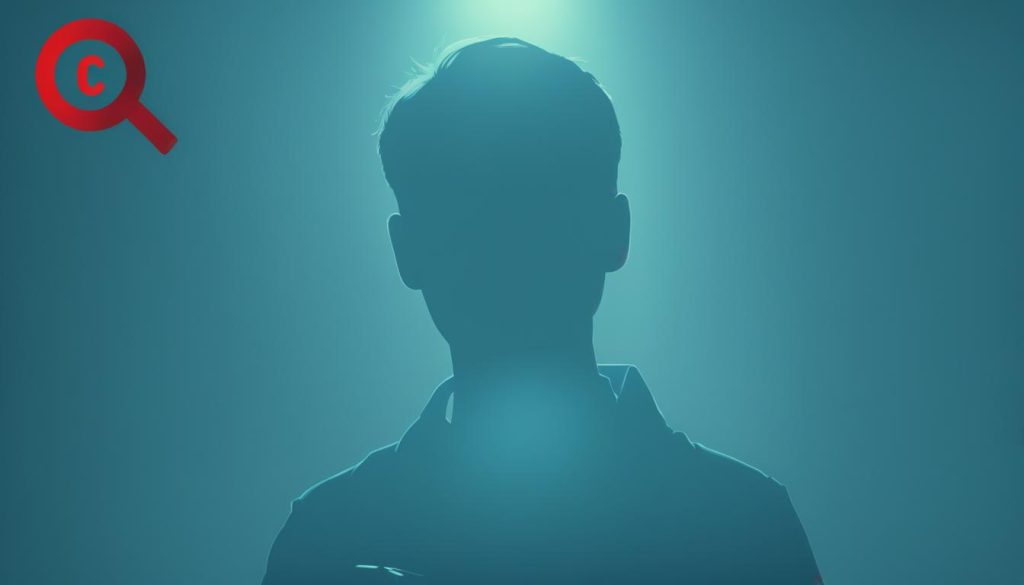
YouTube copyright infringement, YouTube Content ID, YouTube copyright dos and don’ts, and YouTube copyright rules and regulations should be adhered to strictly to ensure a positive and compliant presence on the platform.
Licensing Options and Fair Use on YouTube
While it’s crucial to upload content that you’ve either created or obtained proper permission for, there are certain licensing options and exceptions that allow you to use copyrighted content on YouTube. Understanding fair use, licensed use, Creative Commons, and public domain resources can help you navigate copyright regulations effectively.
Fair Use on YouTube
Fair use on YouTube refers to the legal concept that permits the use of copyrighted material without obtaining explicit permission. However, it’s important to note that fair use is determined by local courts and can be complex. To determine fair use, courts typically consider factors such as the purpose and character of the use, the nature of the copyrighted work, the amount and substantiality of the portion used, and the effect on the market for the original work. If you believe your use of copyrighted material falls within fair use, it’s advisable to seek legal advice to ensure compliance with applicable laws.
Licensed Use on YouTube
Licensed use on YouTube involves purchasing a license from businesses that have pre-negotiated copyrights with copyright holders. This allows you to use copyrighted content legally while complying with licensing agreements. License agreements may specify the terms and conditions of use, including duration, geographical restrictions, and permissible applications. By obtaining licenses, you can confidently use copyrighted content without infringing upon the rights of content creators.
Creative Commons Use on YouTube
Creative Commons is a licensing system that allows creators to grant permissions in advance for others to use their copyrighted work. When using Creative Commons music on YouTube, you can incorporate copyrighted music into your videos as long as you provide proper attribution, adhere to any additional conditions specified by the content creator, and comply with the terms of the Creative Commons license. Creative Commons offers a range of licenses, each with its own set of permissions and restrictions. Before using Creative Commons content, it’s essential to review the specific license terms to ensure compliance.
Public Domain Music and Images
Public domain music and public domain images are works that are no longer protected by copyright or that have been explicitly released into the public domain. These resources are free for anyone to use, modify, and distribute without copyright restrictions. Public domain music and images are excellent alternatives for incorporating content into your YouTube videos without infringing upon copyright laws. You can source public domain music and images from various online platforms and databases that offer collections of content that is free for public use.
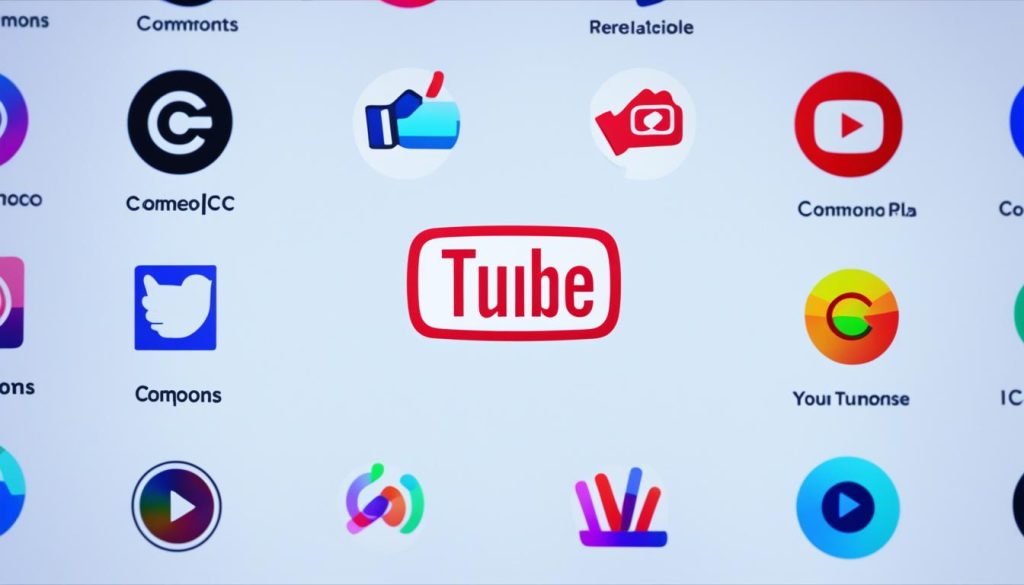
By utilizing fair use, licensed content, Creative Commons, and public domain resources, you can enrich your YouTube videos with copyrighted content while remaining compliant with copyright laws. Remember to always review and understand the terms and conditions of any licenses or permissions associated with copyrighted material to ensure you are using it appropriately.
Conclusion
Creating and sharing content on YouTube is an exciting way to express your creativity and connect with an audience. However, it’s essential to navigate copyright compliance to avoid potential legal issues and copyright strikes. By following YouTube’s copyright guidelines and understanding copyright rules and fair use, you can ensure your content remains copyright compliant.
One key aspect of copyright compliance is obtaining proper permissions and licenses for any copyrighted material you want to use in your videos. Whether it’s music, images, or footage, make sure you have explicit permission from the copyright holder or utilize licensed sources.
Additionally, it’s crucial to prioritize the use of original content or content that falls under copyright-free resources like Creative Commons or public domain. These resources provide a legal framework for using copyrighted material with the appropriate conditions or without any restrictions.
By adopting these practices, you can confidently create content on YouTube while respecting copyright laws. Remember, staying informed and being proactive in avoiding copyright strikes will not only protect your channel but also build a loyal audience who appreciates your originality and compliance with copyright regulations.
FAQ
How can I avoid copyright strikes on YouTube?
To avoid copyright strikes on YouTube, it is important to follow the YouTube copyright guidelines and rules. This includes only uploading videos that you have made or have the necessary permissions to use, obtaining permission or licenses for copyrighted material, and utilizing copyright-free resources.
What is copyright and how does it apply to YouTube?
Copyright is an intellectual property right that grants the creator of original content exclusive rights to its use and distribution. This includes music, images, and artwork. On YouTube, copyright applies to any content that is protected by copyright laws. Using copyrighted material without permission can result in copyright claims and strikes on your channel.
What are the YouTube copyright guidelines and rules?
The YouTube copyright guidelines and rules state that creators should only upload videos they have made or have the necessary permissions to use. It is important to obtain permission or licenses for copyrighted material and to avoid using any copyrighted material without explicit permission, even if it is just a few seconds or if credit is given to the artist.
What are the licensing options and fair use on YouTube?
Licensing options on YouTube involve purchasing a license to use copyrighted content from businesses that have pre-negotiated the copyrights. Fair use is a legal concept that permits the use of copyrighted material for specific purposes without obtaining permission. However, fair use is determined by local courts and can be complex.
Are there copyright-free music and images available for use on YouTube?
Yes, there are copyright-free resources available for use on YouTube. This includes Creative Commons music that allows for the use of copyrighted music as long as proper attribution is given. Public domain music and images are also options for using content without copyright restrictions.
How can I ensure my content is copyright compliant on YouTube?
To ensure your content is copyright compliant on YouTube, you should always prioritize the use of original content or content that is properly licensed. By following the YouTube copyright guidelines, understanding copyright rules and fair use, obtaining proper permissions and licenses, and utilizing copyright-free resources, you can avoid copyright strikes and create content that is copyright compliant.



